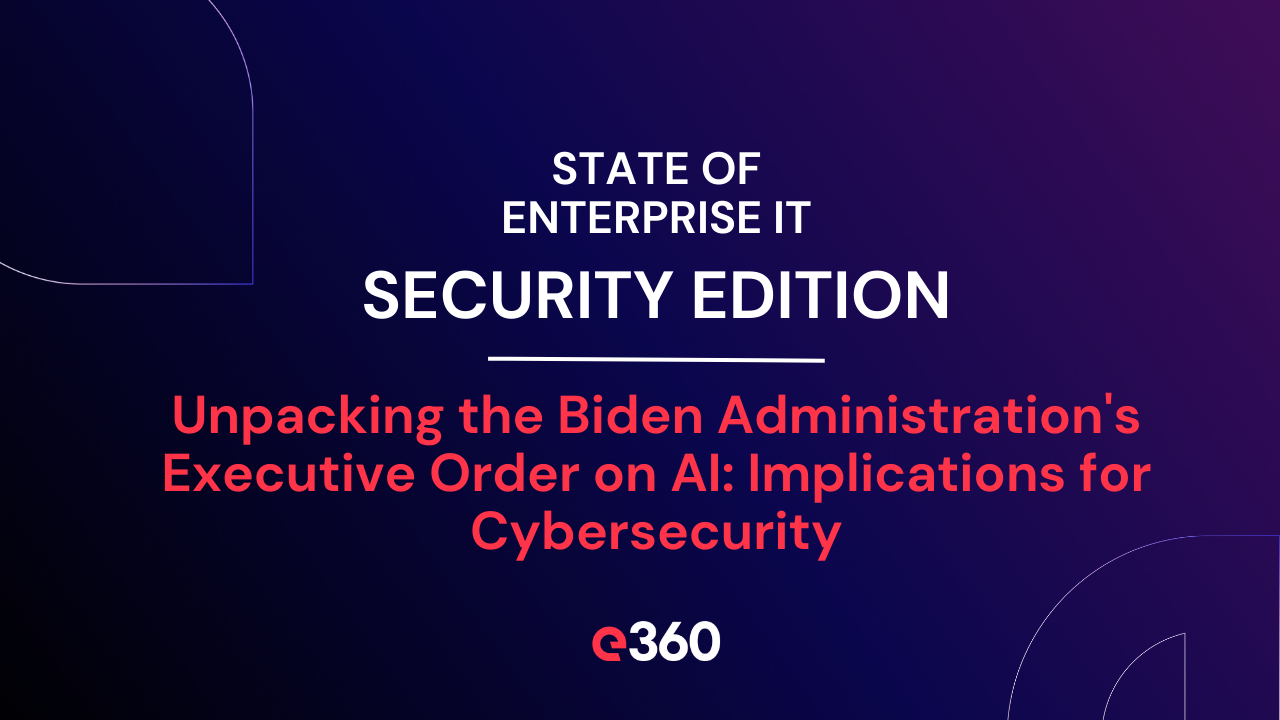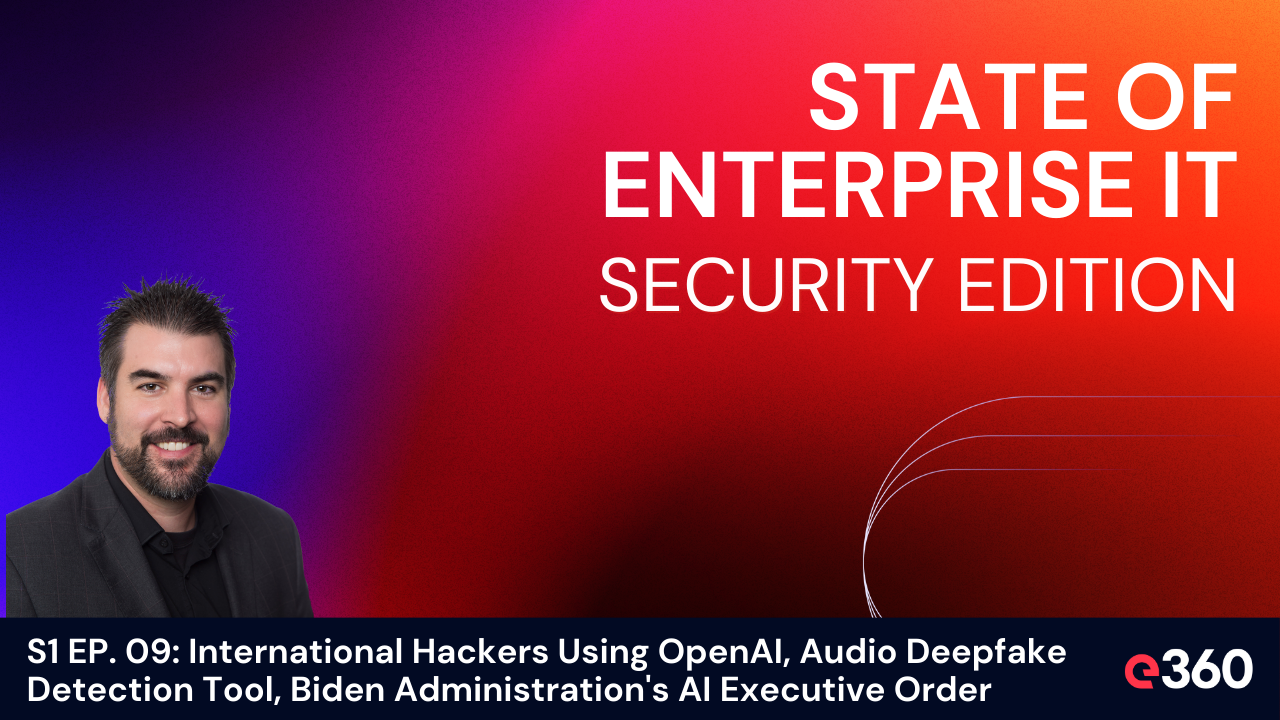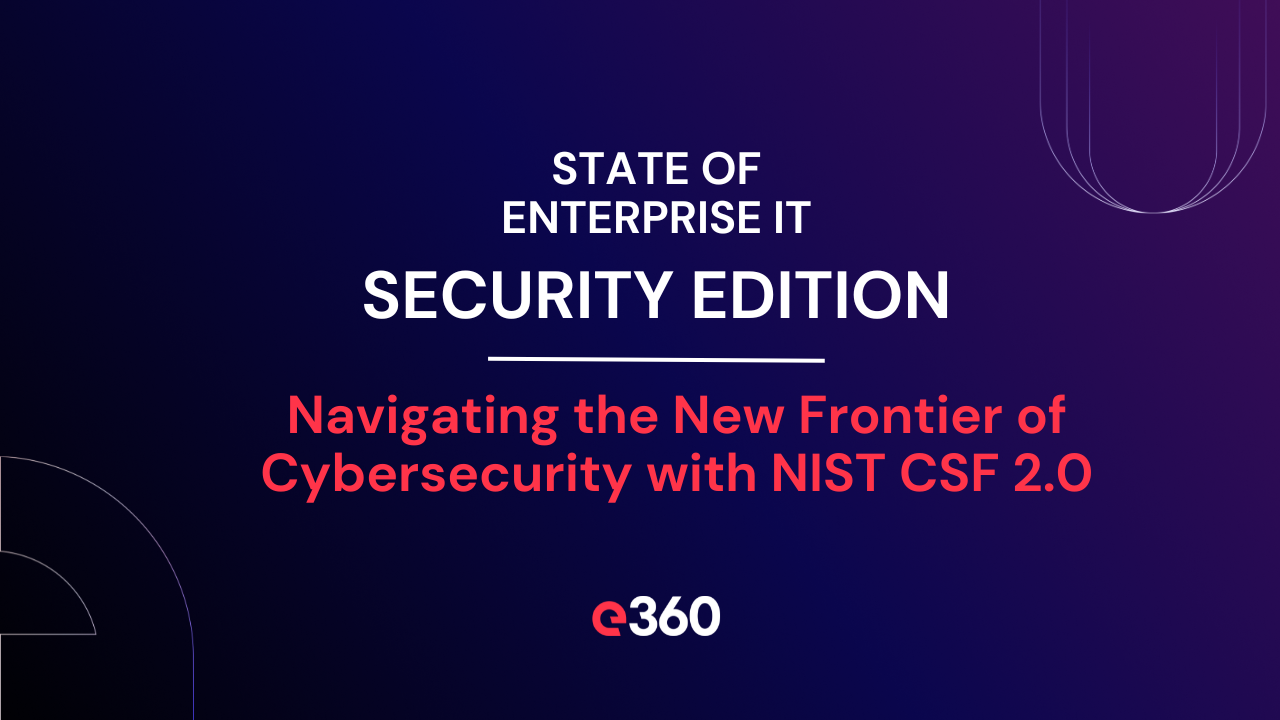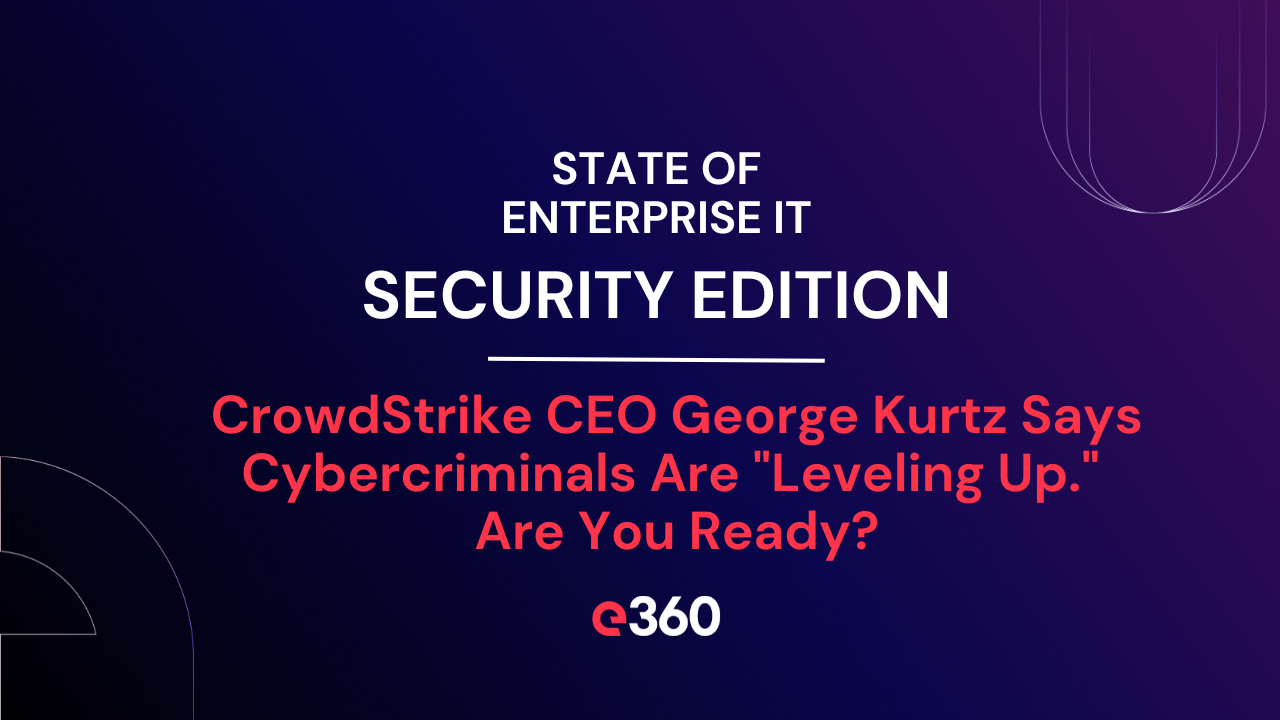In episode nine of the State of Enterprise IT Security Edition, Brad Bussie, Chief Information Security Officer at E360, takes a deep dive into the Biden administration's executive order on artificial intelligence (AI) and its implications for cybersecurity. "You hear me talk about AI all the time. That's the time we live in," Bussie begins, setting the stage for a discussion that is both timely and critical.
The executive order on AI is a comprehensive document aimed at shaping the future of AI development and usage within the United States, with particular attention to cybersecurity. Bussie methodically breaks down the key components of the directive, emphasizing its potential to significantly impact how we approach the security of our digital infrastructure.
Key Takeaways:
-
Development of AI Tools and Test Beds: The directive mandates the creation of AI tools and test beds to mitigate risk and facilitate the development of foundational models. "So the Department of Energy, for example, they're tasked with developing an AI model evaluation tool," Bussie explains, highlighting the government's commitment to bolstering scientific research through AI.
-
Protection of Critical Infrastructure: One of the executive order's focal points is the protection of critical infrastructure. "Securing our critical infrastructure, it's a big deal. And nation states, they are definitely after our power, energy, our water, and communications," Bussie states, underscoring the importance of developing stringent guidelines for critical infrastructure protection.
-
Security Reviews and Public Data Access: The order also focuses on security reviews and the public's access to federal data. "There's a council, and they've been tasked with creating guidelines for security reviews and public access to federal data," Bussie notes, pointing out the efforts to balance transparency with security.
-
AI in the Patent Process: An interesting aspect of the directive is its approach to AI in the patent process, raising questions about intellectual property in the age of AI-driven inventions. "How, if something is invented leveraging an AI, how are you going to patent that?" Bussie muses, highlighting the complexities introduced by AI technologies.
-
Training and Risk Mitigation: The executive order calls for comprehensive training programs and strategies to mitigate AI-related risks. Departments such as Homeland Security, Labor, and Health and Human Services are directed to spearhead these initiatives, illustrating the government's holistic approach to AI education and risk management.
While the executive order lays a solid foundation for the integration and governance of AI across various sectors, Bussie points out that its enforceability remains a question. "This is very agency implementation heavy...So it's really up to the agencies to make the necessary steps to implement the directives," he explains, highlighting the variability in agency responsiveness.
Moreover, Bussie acknowledges the need for updates to existing legal frameworks to accommodate the unique challenges posed by AI, suggesting that "there needs to be some updates and changes to some of the frameworks."
The Biden administration's executive order on AI represents a significant step toward regulating and harnessing the potential of artificial intelligence for national security and beyond. However, as Bussie eloquently puts it, "We're still in the augmented time," indicating that while progress is being made, the journey toward fully realizing the benefits of AI, especially in the realm of cybersecurity, is ongoing. As we look to the future, the collaborative effort between public and private sectors, alongside the development of comprehensive policies and frameworks, will be crucial in shaping a secure and innovative digital landscape.
Episode Nine of the "State of Enterprise IT Security" podcast is available now. For more insights into how technology shapes our world, stay tuned to our blog for the latest in enterprise IT security and beyond.



